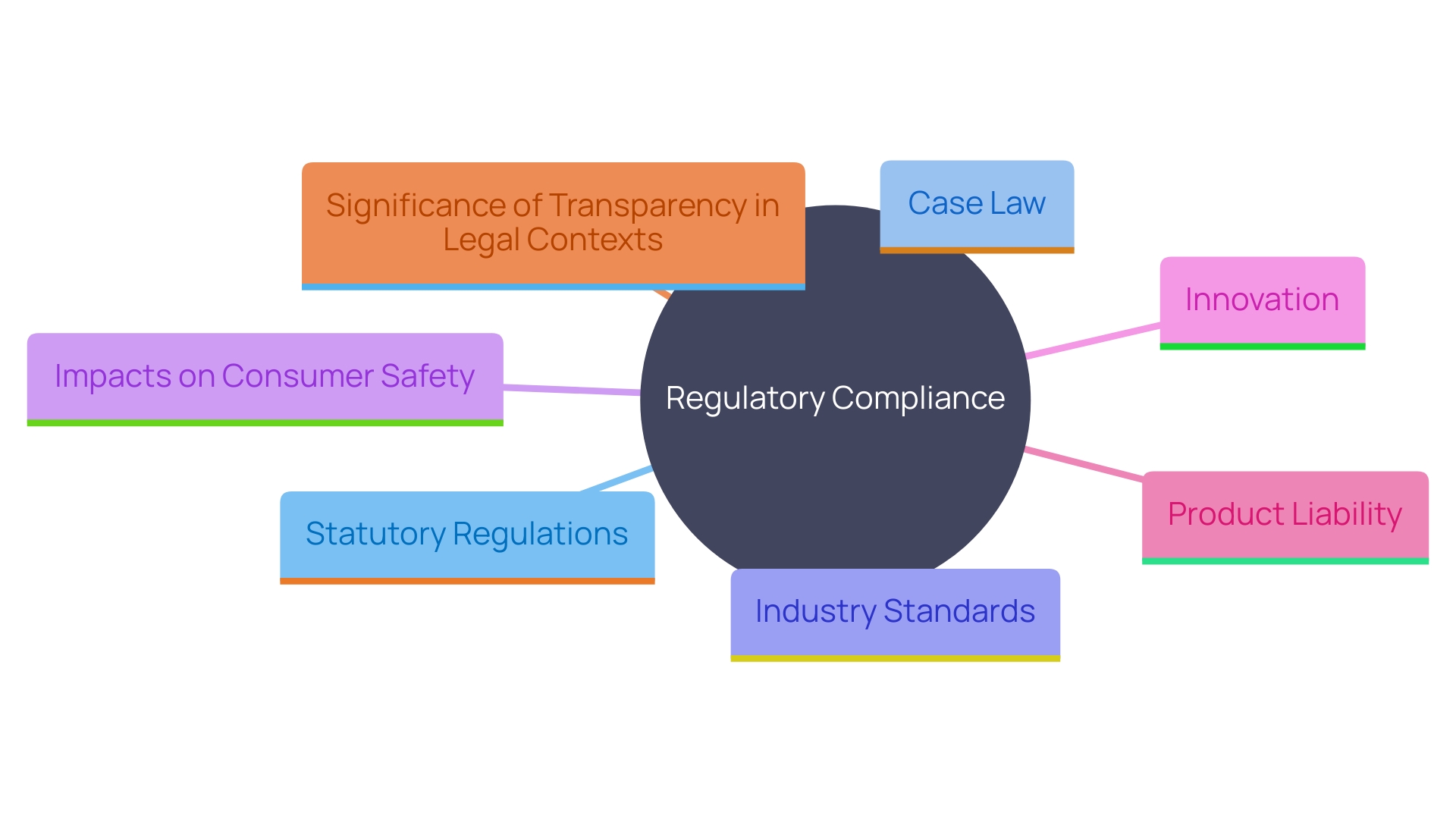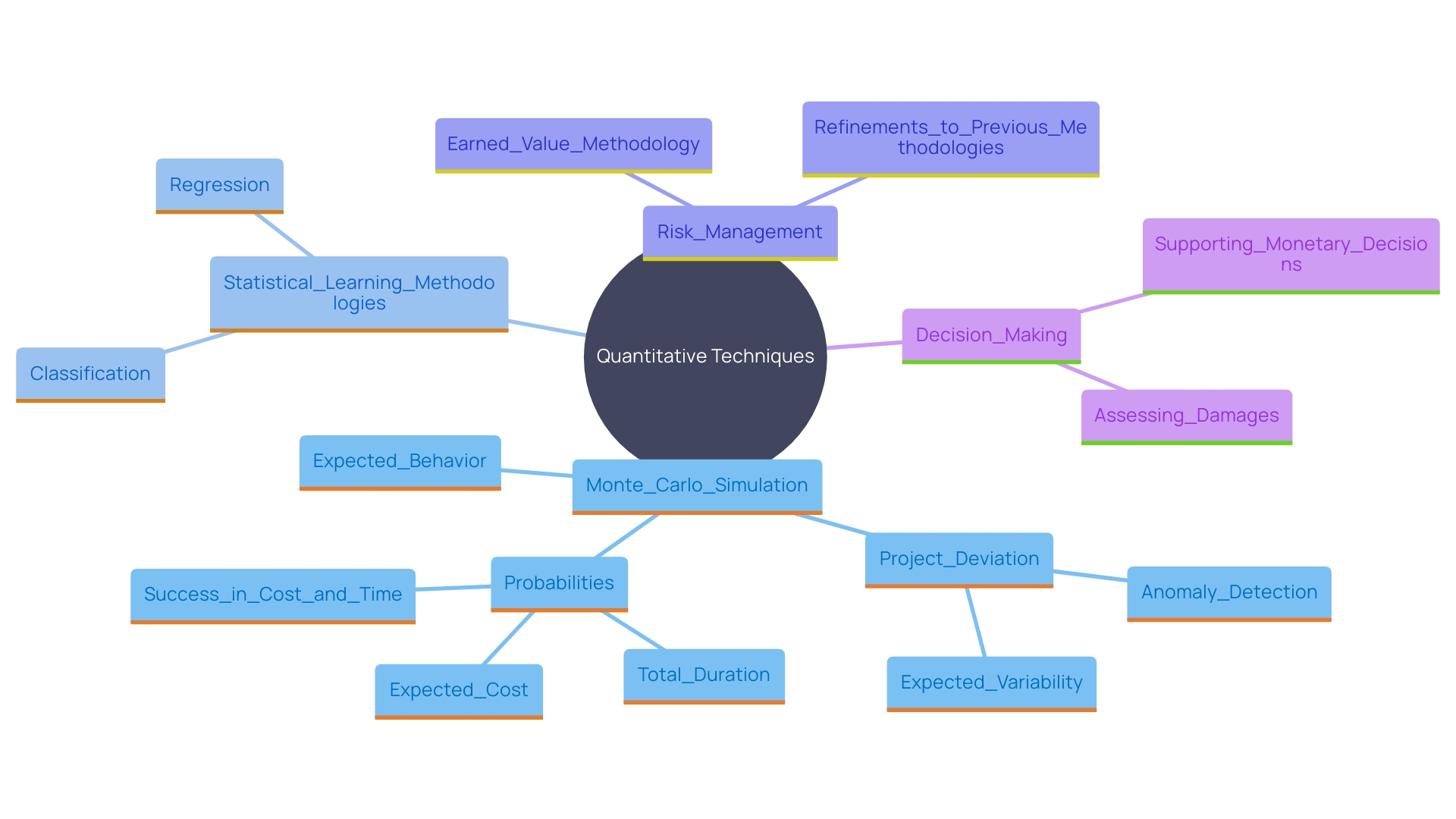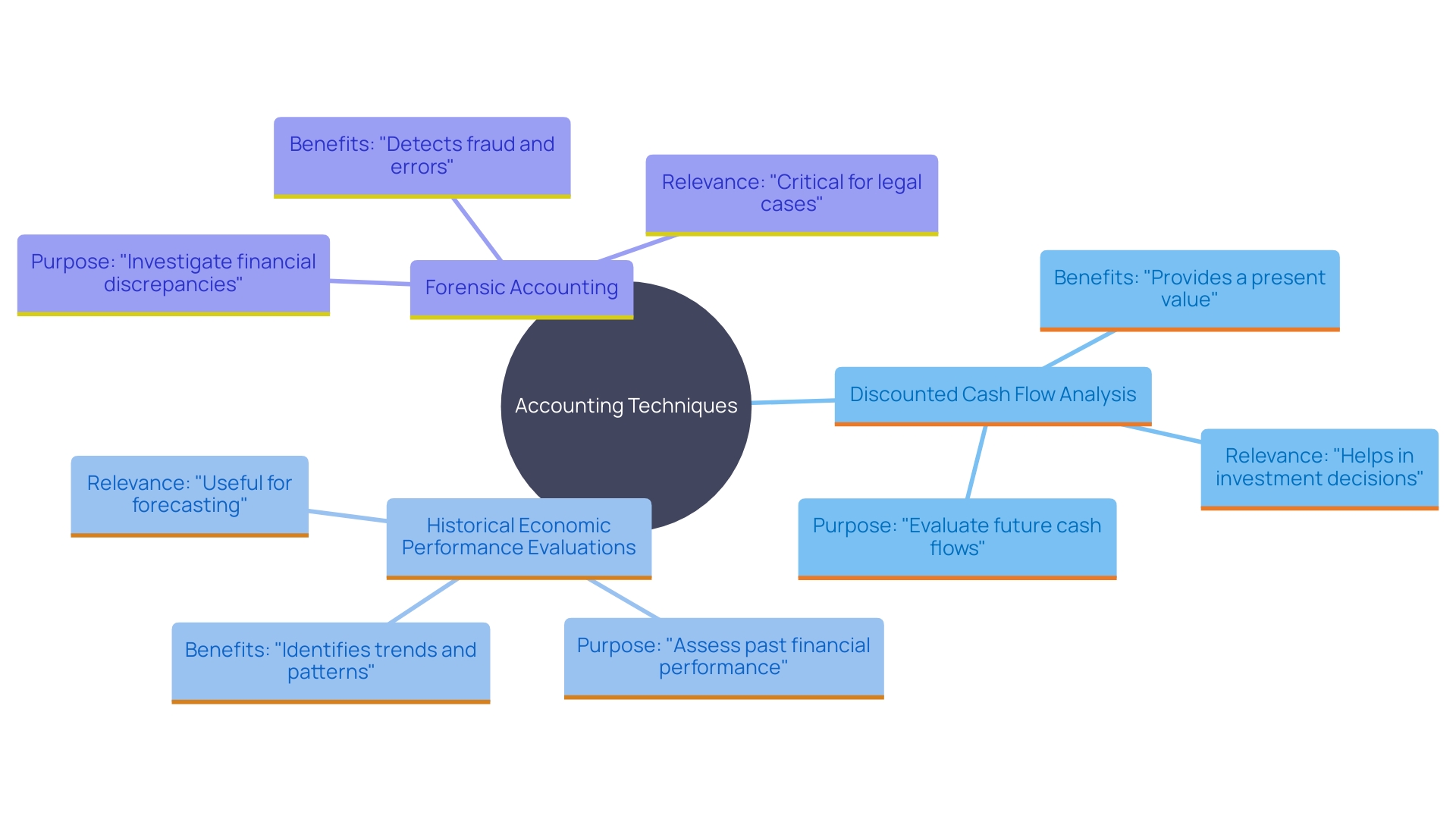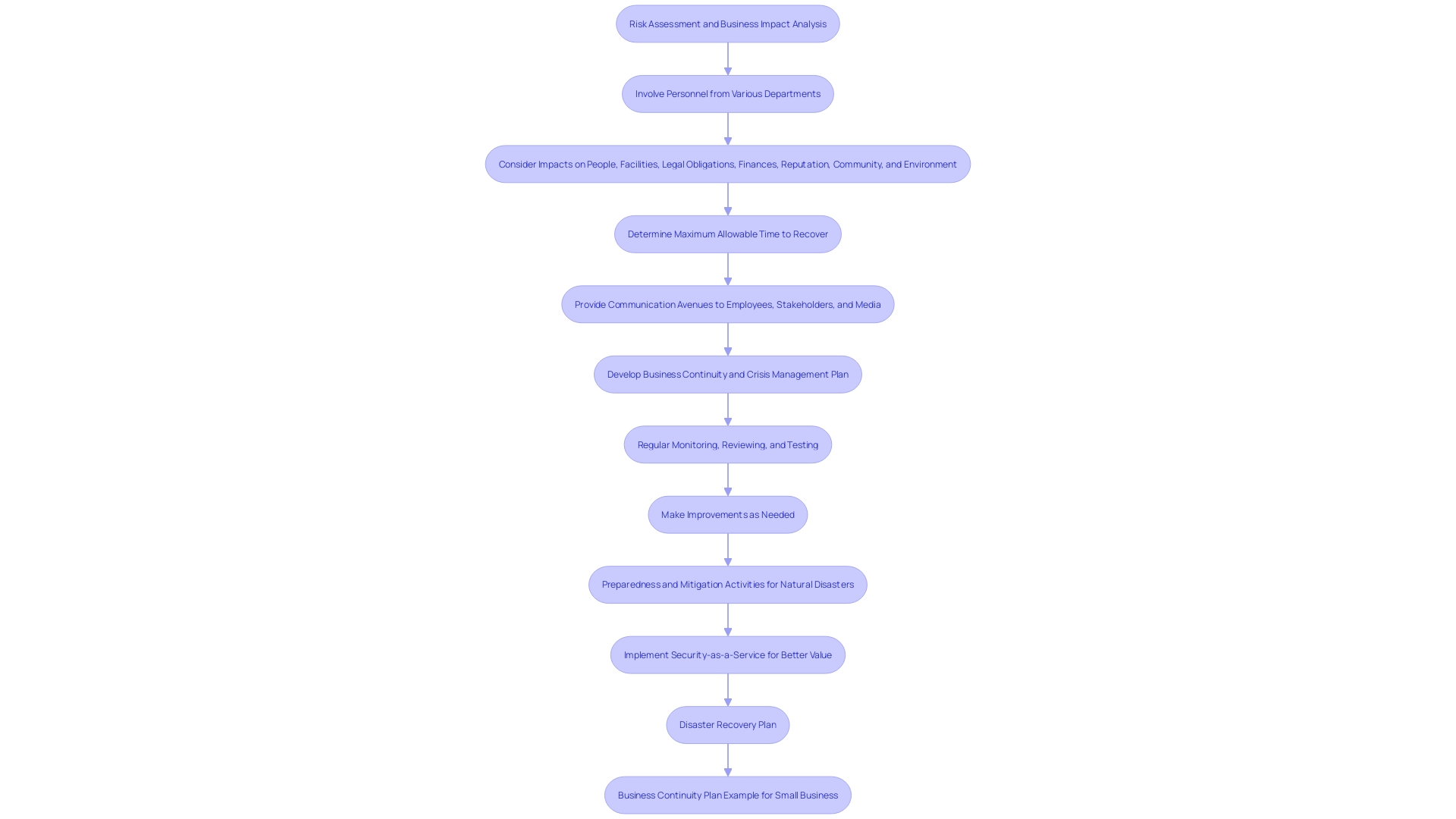Introduction
Navigating the intricate landscape of damage assessment requires an in-depth understanding of both legal frameworks and quantitative techniques. Businesses must stay abreast of statutory regulations, case law, and industry standards to mitigate risks and ensure compliance. This article delves into the essential principles guiding damage evaluation, highlighting the importance of regulatory adherence in fostering innovation and safeguarding consumer trust.
It further explores robust quantitative methods like regression analysis and Monte Carlo simulations that enhance the reliability of damage claims. Additionally, the article examines critical accounting and financial techniques used to assess economic impacts, alongside operational guidelines that streamline data collection and stakeholder engagement. Through a detailed exploration of these areas, businesses can develop a comprehensive approach to effective damage assessment, ensuring both legal compliance and financial integrity.
Legal Framework and Principles
Grasping the regulatory structure related to loss evaluation is essential for companies to manage possible hazards and guarantee adherence. This framework includes statutory regulations, case law, and industry standards that guide the evaluation process. In different jurisdictions, laws can vary significantly in how compensation is calculated, presented, and substantiated in legal contexts, making it essential for organizations to stay informed about these principles.
Regulatory standards are designed to protect consumers' safety and well-being, and compliance with these standards helps mitigate risks and hazards associated with products. For instance, adhering to safety criteria during product design, manufacturing, and testing minimizes the chances of accidents and injuries, thereby enhancing customer trust and loyalty. Noncompliance, conversely, can result in serious consequences, such as reputational harm and the withdrawal of operating licenses, which can obstruct a company’s capacity to reach its goals.
Moreover, regulatory compliance drives innovation and product improvement. By meeting evolving standards, businesses are encouraged to enhance their products, processes, and technologies, leading to the development of safer, more efficient, and sustainable offerings. This not only provides a competitive advantage but also contributes to market standardization, allowing for ethical and fair competition.
The regulatory environment also encompasses product liability, where companies can be held accountable for defects in manufacturing, design flaws, or inadequate warning labels. Ensuring thorough documentation and transparency in incident reporting helps identify patterns and implement corrective measures, reducing the recurrence of issues and promoting continuous improvement in safety standards.
Statistics from a Munich Re US/APCIA survey highlight the importance of tort reform and transparency, with 86% of respondents advocating for legislative action to restore fairness in the civil justice system. Additionally, 88% of respondents emphasized the need for full transparency and disclosure of all financial stakeholders in civil lawsuits.
Staying informed on regulatory changes and compliance requirements is crucial for businesses. 'Recent regulatory updates, such as corporate liability for economic crimes and new AI regulations, underscore the dynamic nature of the judicial environment.'. By proactively addressing these changes, organizations can better manage their legal risks and ensure long-term operational success.

Quantitative Techniques for Damage Assessment
Quantitative techniques leverage numerical data and statistical methods to meticulously assess damages, ensuring precision and reliability. Approaches such as regression analysis, Monte Carlo simulations, and various modeling techniques are commonly employed to quantify losses. Regression analysis, for instance, enables the identification of relationships between variables, facilitating accurate predictions of economic impacts. Monte Carlo simulations, in contrast, utilize probability distributions to model and evaluate a broad spectrum of possible outcomes, thus offering a thorough perspective on potential risks and their economic implications. These methods not only produce trustworthy estimates based on empirical information but also improve the credibility of claims, thereby assisting in effective decision-making and risk management. As emphasized by Tony Pistilli, “In today’s business environment, many monetary decisions undergo considerable analysis before the choice is made, and the decision-maker is often held accountable for the outcomes.” This underscores the significance of robust quantitative techniques in supporting sound monetary decisions.

Accounting and Financial Methods
'Accounting and monetary techniques are crucial in assessing the economic consequences of losses.'. Techniques such as discounted cash flow analysis, historical financial performance reviews, and forensic accounting are leveraged to determine the economic impact comprehensively.
Discounted Cash Flow Analysis: This technique assists in assessing the present worth of anticipated future cash flows arising from losses. By discounting future cash flows, businesses can ascertain the true economic loss over time. This technique is especially beneficial in situations where losses impact long-term revenue streams.
Historical Economic Performance Evaluations: Analyzing previous economic results offers understanding into how losses have interrupted regular operations. By analyzing past information alongside present accounts, companies can identify inconsistencies and gain a clearer insight into the economic pressure resulting from losses.
Forensic Accounting: This entails a thorough review of monetary records to reveal any discrepancies or deceitful actions that may have led to the losses. Forensic accounting is both an art and a science, tailored uniquely to each situation to maximize effectiveness while minimizing costs. Jesse Silvertown, a CPA at The Ledge Company, highlights the significance of professional skepticism and routine audits to safeguard organizations from monetary wrongdoing.
These techniques together allow companies to create a comprehensive monetary account that illustrates the actual expense of losses sustained. For instance, in the case of RBC, the investigation revealed no material impact on their statements, but corrective actions were implemented to prevent future occurrences. This emphasizes the significance of thorough economic evaluation and reporting in loss assessment.

Compensatory Damages and Valuation Methods
Compensatory damages are designed to restore the injured party to their pre-damage condition. Accurate valuation methods are crucial to determining fair compensation. Techniques such as replacement cost analysis, market value assessments, and income approaches are commonly utilized. The consistency and transparency in these methods ensure that claims are justified and equitable. According to the Munich Re US/APCIA survey, 88% of respondents agreed that full transparency and disclosure of all financial stakeholders in a lawsuit are essential. This aligns with the need for equitable compensation, as it prevents abuse of the legal system and promotes fairness. Maintaining diligence in claims management and exercising underwriting discipline are also critical factors, as economic conditions can impact insurer profitability. Insurers are increasingly using mock juries to predict potential high verdicts, which helps in settling claims more efficiently.
Operational Guidelines for Damage Assessment
Operational guidelines provide a robust framework for executing damage assessments. These guidelines include best practices for data collection, stakeholder engagement, and documentation processes. Adhering to these operational standards not only ensures the accuracy and reliability of assessments but also enhances the overall efficiency of business continuity plans. This structured approach is crucial in mitigating the impact of disruptive incidents, such as natural disasters, by enabling organizations to recover swiftly and maintain operational stability. Furthermore, by implementing such guidelines, companies can better communicate their strategies and findings to stakeholders, thereby facilitating smoother negotiations and resolution processes. As James Benum, Chief Product Officer at TrackTik, highlighted, "security organizations are being asked to provide more coverage all while trying to deliver service excellence." This underscores the importance of solid operational guidelines in delivering consistent and high-quality outcomes.

Conclusion
Navigating the complexities of damage assessment requires a multifaceted approach that intertwines legal understanding, quantitative analysis, and financial rigor. The legal framework serves as the backbone of damage evaluation, emphasizing the necessity for businesses to remain compliant with statutory regulations and industry standards. This compliance not only mitigates risks but also fosters consumer trust and drives innovation, ultimately positioning organizations for long-term success.
Quantitative techniques play a pivotal role in accurately assessing damages. By employing methods like regression analysis and Monte Carlo simulations, businesses can derive precise estimates of financial impacts, enhancing the credibility of their claims. Such analytical rigor supports informed decision-making and effective risk management, which are crucial in today's competitive landscape.
Additionally, robust accounting and financial methodologies are essential for comprehensively evaluating the economic ramifications of damages. Techniques such as discounted cash flow analysis and forensic accounting provide insights that enable organizations to construct a detailed financial narrative. This narrative not only reflects the true cost of damages but also informs corrective actions to prevent future occurrences.
Operational guidelines further streamline the damage assessment process by establishing best practices for data collection and stakeholder engagement. Adhering to these guidelines ensures accuracy and reliability, facilitating efficient recovery from disruptive incidents. By implementing a structured approach, businesses can navigate the complexities of damage assessment more effectively, ensuring compliance and safeguarding financial integrity.
In summary, a comprehensive approach to damage assessment integrates legal compliance, quantitative analysis, financial evaluation, and operational best practices. By embracing these principles, organizations can enhance their resilience, foster innovation, and maintain a competitive edge in an ever-evolving landscape.




